VIOLENCE
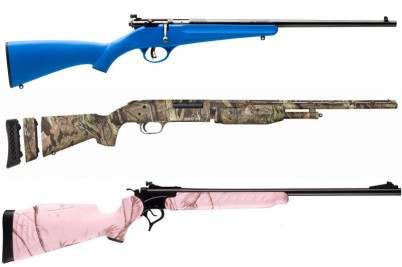
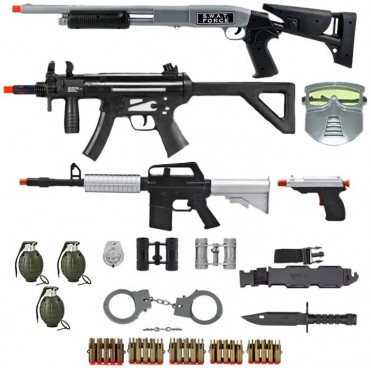
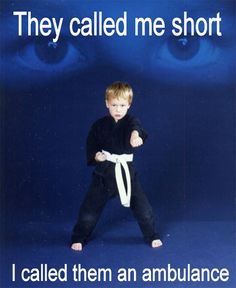

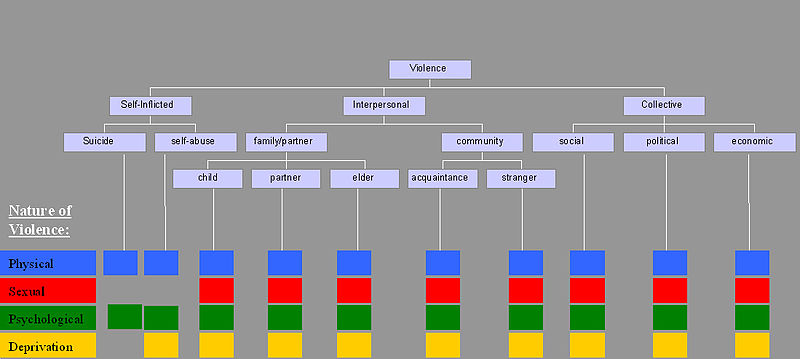

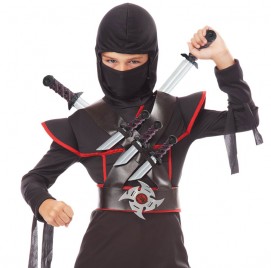
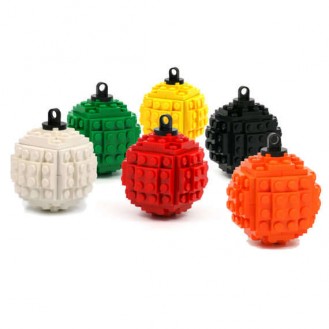

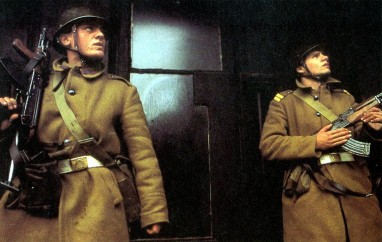

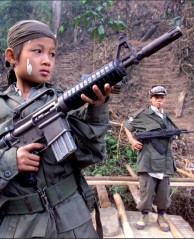
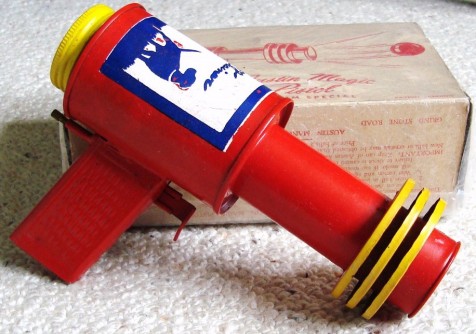


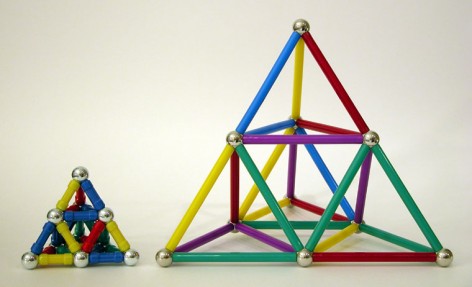
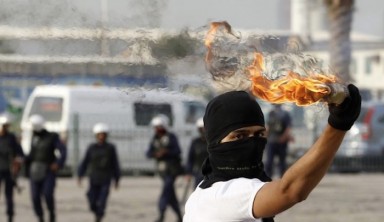
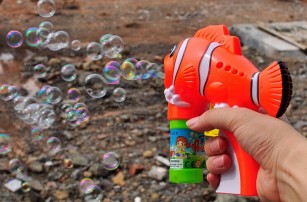
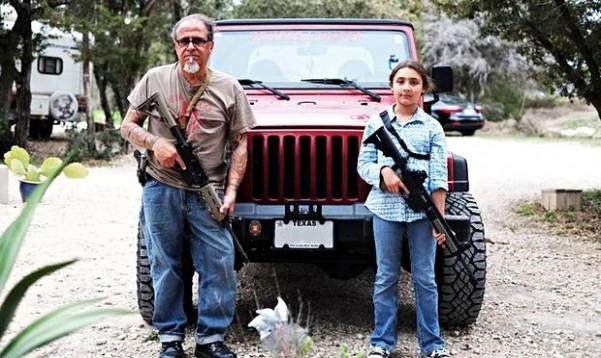


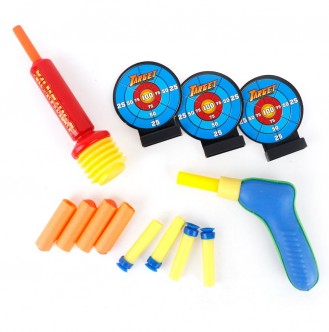
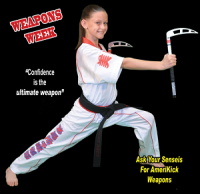
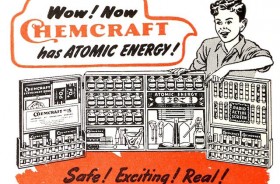
Ahinsa (Sanskrit: अहिंसा; IAST: ahimsā, Pāli: avihiṃsā) is a term meaning 'not to kill' and 'compassion'. The word is derived from the Sanskrit root hiṃs – to strike; hiṃsā is injury or harm, a-hiṃsā is the opposite of this, i.e. cause no injury, do no harm. Ahimsa is also referred to as nonviolence, and it applies to all living beings - including all animals - according to many Indian religions.
Ahimsa is one of the cardinal virtues and an important tenet of 3 major religions (Jainism, Hinduism, and Buddhism). Ahimsa is a multidimensional concept, inspired by the premise that all living beings have the spark of the divine spiritual energy; therefore, to hurt another being is to hurt oneself. Ahimsa has also been related to the notion that any violence has karmic consequences. While ancient scholars of Hinduism pioneered and over time perfected the principles of Ahimsa, the concept reached an extraordinary status in the ethical philosophy of Jainism. Most popularly, Mahatma Gandhi strongly believed in the principle of ahimsa.
Nonviolence is the personal practice of being harmless to self and others under every condition. It comes from the belief that hurting people, animals or the environment is unnecessary to achieve an outcome and refers to a general philosophy of abstention from violence based on moral, religious or spiritual principles.
For some, the philosophy of nonviolence is rooted in the simple belief that God is harmless. Mahavira (599 BCE–527 BCE), the twenty-fourth tirthankara of the Jain religion, was the torch-bearer of "ahimsa" and introduced the word to the world and applied the concept in his own life. He taught that to more strongly connect with God, one must likewise be harmless.

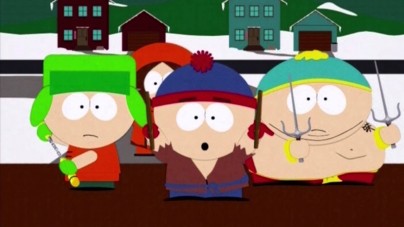
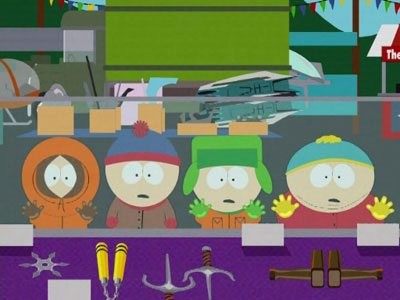
By user
- what person or unit uses the weapon
-Personal weapons (or small arms) – designed to be used by a single person.
-Light weapons – 'man-portable' weapons that may require a small team to operate. The 1997 UN Panel of Governmental Experts originally listed "heavy machine guns, hand-held under-barrel and mounted grenade launchers, portable anti-aircraft guns, portable anti-tank guns, recoil-less rifles, portable launchers of anti-tank missile and rocket systems; portable launchers of anti-aircraft missile systems (MANPADS); and mortars of calibers of less than 100 mm."
-Heavy weapons – typically mounted or self-propelled explosive weapons that are larger than light weapons (see SALW).
-Infantry support weapons – larger than personal weapons, requiring two or more people to operate correctly.
-Fortification weapons – mounted in a permanent installation, or used primarily within a fortification. Usually high caliber.
-Mountain weapons – for use by mountain forces or those operating in difficult terrain. This includes modifications of existing weapons for paratroopers.
-Vehicle weapons – to be mounted on any type of combat vehicle.
-Railway weapons – designed to be mounted on railway cars, including armored trains.
-Aircraft weapons – carried on and used by some type of aircraft, helicopter, or other aerial vehicle.
-Naval weapons – mounted on ships and submarines.
-Space weapons – are designed to be used in or launched from space.
-Autonomous weapons – are capable of accomplishing a mission with limited or no human intervention.
By function
- the construction of the weapon and principle of operation
-Antimatter weapons (theoretical) would combine matter and antimatter to cause a powerful explosion.
-Archery weapons operate by using a tensioned string and bent solid to launch a projectile.
-Artillery are firearms capable of launching heavy projectiles over long distances.
-Biological weapons spread biological agents, causing disease or infection.
-Chemical weapons, poisoning and causing reactions.
-Energy weapons rely on concentrating forms of energy to attack, such as lasers or sonic attack.
-Explosive weapons use a physical explosion to create blast concussion or spread shrapnel.
-Firearms use a chemical charge to launch projectiles.
-Improvised weapons are common objects, reused as weapons, such as crowbars and kitchen knives.
-Incendiary weapons cause damage by fire.
-Non-lethal weapons are designed to subdue without killing.
-Magnetic weapons use magnetic fields to propel projectiles, or to focus particle beams.
-Mêlée weapons operate as physical extensions of the user's body and directly impact their target.
-Missiles are rockets which are guided to their target after launch. (Also a general term for projectile weapons).
-Nuclear weapons use radioactive materials to create nuclear fission and/or nuclear fusion detonations.
-Primitive weapons make little or no use of technological or industrial elements.
-Ranged weapons (unlike Mêlée weapons), target a distant object or person.
-Rockets use chemical propellant to accelerate a projectile
-Suicide weapons exploit the willingness of their operator to not survive the attack.
By target
- the type of target the weapon is designed to attack
-Anti-aircraft weapons target missiles and aerial vehicles in flight.
-Anti-fortification weapons are designed to target enemy installations.
-Anti-personnel weapons are designed to attack people, either individually or in numbers.
-Anti-radiation weapons target sources of electronic radiation, particularly radar emitters.
-Anti-satellite weapons target orbiting satellites.
-Anti-ship weapons target ships and vessels on water.
-Anti-submarine weapons target submarines and other underwater targets.
-Anti-tank weapons are designed to defeat armored targets.
-Area denial weapons target territory, making it unsafe or unsuitable for enemy use or travel.
-Infantry support weapons are designed to attack various threats to infantry units.
Hazardous toys for kids
South Park reference
_Profile of the Wicked Man - E.M. Cioran
"What is responsible for his not having done more evil than he might or must, for his not committing murder, wreaking subtler vengeances, for not having obeyed the injunctions of the blood rushing to his head? His moods, his education? Certainly not, and still less a native goodness; but merely the presence of the idea of death. Inclined to forgive no one anything, he pardons all; the slightest insult arouses his instincts; he forgets it the next moment. Enough for him to imagine his own corpse and to apply this method to others in order to be suddenly soothed; the figure of what decomposes makes him good - and cowardly: no wisdom (nor charity) without macabre obsessions. The healthy man, proud of existing, takes his revenge, listens to his blood and his nerves, heeds his prejudices, answers, blow for blow, and kills. But the mind undermined by the fear of death no longer reacts to external solicitations: it sketches out actions and leaves them unfinished; reflects upon honor, and loses it … tries out passions, and dissects them … This dread which accompanies its gestures enervates their vigor; its desires expire before the vision of universal insignificance. Filled with hatred by necessity, unable to be so by conviction, the plots and crimes of such a man are halted in mid-course; like all men, he conceals a murderer inside himself, but a murderer imbued with resignation, and too weary to crush his enemies or to create new ones. He dreams, forehead on his dagger, and as though disappointed, before they happen, by every crime; considered a good man by everyone, he would be wicked if he did not find it futile to be so."
_Clockwork Orange - Alex on violence & aesthetics
"My endeavour shall be, in such future as stretches out its snowy and lilywhite arms to me before the nozh overtakes or the blood spatters its final chorus in twisted metal and smashed glass on the highroad, to not get loveted again. Which is fair speeching." (1.4.21)
_The One by Whom Scandal Comes - René Girard
"Everywhere and always, when human beings either cannot or dare not take their anger out on the thing that has caused it, they unconsciously search for substitutes, and more often than not they find them."
_Marxism Unmasked (1953) - Ludwig von Mises
"On the one hand, Karl Marx wrote of the inevitability of socialism. But on the other hand, he organized a socialist movement, a socialist party, declared again and again that his socialism was revolutionary, and that the violent overthrow of the government was necessary to bring about socialism."
_Violence - Slavoj Zizek
"What about animals slaughtered for our consumption? who among us would be able to continue eating pork chops after visiting a factory farm in which pigs are half-blind and cannot even properly walk, but are just fattened to be killed? And what about, say, torture and suffering of millions we know about, but choose to ignore? Imagine the effect of having to watch a snuff movie portraying what goes on thousands of times a day around the world: brutal acts of torture, the picking out of eyes, the crushing of testicles -the list cannot bear recounting. Would the watcher be able to continue going on as usual? Yes, but only if he or she were able somehow to forget -in an act which suspended symbolic efficiency -what had been witnessed. This forgetting entails a gesture of what is called fetishist disavowal: "I know it, but I don't want to know that I know, so I don't know." I know it, but I refuse to fully assume the consequences of this knowledge, so that I can continue acting as if I don't know it."
Literary references
WEAPONS AS TOYS - Form Language
REAL VIOLENCE
VS
PLAY VIOLENCE
TRAINING - Children holding lethal weapons
This set of wooden toys by Polish studio Poorex incorporates tools associated with household chores.
Poor Toys by Studio Poorex
Studio Mitoi building block collections
gopdildo.tumblr.com